A Message From Earth (AMFE) Is A High-powered Digital Radio Signal That Was Sent On 9 October 2008 Towards

A Message from Earth (AMFE) is a high-powered digital radio signal that was sent on 9 October 2008 towards Gliese 581 c, a large terrestrial extrasolar planet orbiting the red dwarf star Gliese 581. The signal is a digital time capsule containing messages that were selected through a competition. The message was sent using the RT-70 radar telescope of Ukraine’s National Space Agency. The signal will reach the planet Gliese 581 c in early 2029. Many people including celebrities and politicians participated in the AMFE project, which was the world’s first digital time capsule where the content was selected by the public.
More info HERE
More info on Gliese 581 c HERE
Follow Ultrafacts for more facts
More Posts from Intergalacticnerd and Others

All Quiet in the Nursery?
The dark patch snaking across this spectacular image of a field of stars in the constellation of Ophiuchus (The Serpent-bearer) is not quite what it appears to be.
Although it looks as if there are no stars here, they are hidden behind this dense cloud of dust that blocks out their light. This particular dark cloud is known as LDN 1768.
Despite their rather dull appearance, dark nebulae like LDN 1768 are of huge interest to astronomers, as it is here that new stars form. Inside these vast stellar nurseries there are protostars — stars at the earliest stage of their lives, still coalescing out of the gas and dust in the cloud.
Eventually, the protostars will become dense and hot enough to start the nuclear reactions that will produce visible light and they will start to shine. When this happens, they will blow away the cocoon of dust surrounding them and cause any remaining gas to emit light as well, creating the spectacular light show known as an HII region.
Credit: ESO
By now you’ve probably heard the news that gravitational waves have been directly observed for the first time ever. Are you excited?

Our friends at PBS Space Time are pretty excited about it too, and they’ve put together an awesome video explaining the physics behind this discovery and why it’s so important.




This is the coolest outer space animation ever. It shows the Crab Supernova explosion, happened in 1054, and its evolution into the remnant it is now - called the Crab Nebula. Basically a thousand years speeded up into less than a minute.
Modern understanding that the Crab Nebula was created by a supernova, an explosion of a massive supergiant star, dates to 1921 when Carl Otto Lampland announced he had seen changes in its structure. This eventually led to the conclusion that the creation of the Crab Nebula corresponds to the bright SN 1054 supernova recorded by Chinese astronomers in AD 1054. There is also a 13th-century Japanese reference to an appearance of a new or “guest” star in Meigetsuki. It was then so bright it was visible during the daytime for 23 days.
animation credit: ESA/Hubble (M. Kornmesser & L. L. Christensen)

how to get an alien to abduct you

For the first time, astronomers have observed bursts of visible light being released by a black hole as it swallows matter from nearby stars.
These flashes of light, which lasted between several minutes to a few hours, were seen coming from a black hole in the Cygnus constellation, located about 7,800 light-years away from Earth. Incredibly, some of the flashes were so bright, the team says amateur astronomers could see them with a modest 20-cm telescope.
“We find that activity in the vicinity of a black hole can be observed in optical light at low luminosity for the first time,” astronomer and lead researcher, Mariko Kimura from Kyoto University in Japan, told Charles Q. Choi at Space.com.
“These findings suggest that we can study physical phenomena that occur in the vicinity of the black hole using moderate optical telescopes without high-spec X-ray or gamma-ray telescopes.”
Continue Reading.
What’s Up for March 2016?
In March, Jupiter, it’s moons and moon shadows will all be visible in the sky. Find out when and where to look up:

Jupiter dominates the evening sky this month, rising at sunset and setting at dawn. On March 8, Jupiter reaches what is called “opposition”. Imagine that Jupiter and the sun are at opposite ends of a straight line, with the Earth in between. This brings Jupiter its closest to Earth, so it shines brighter and appears larger in telescopes.

On the nights of March 14 – 15, March 21 – 22 and March 29, two of Jupiter’s moons will cross the planet’s disk.

When the planet is at opposition and the sun shines on Jupiter’s moons, we can see the moon’s shadow crossing the planet. There are actually 11 of these double shadow transits in March!

The next six months will be awesome times for you to image Jupiter when it’s highest in the sky; near midnight now, and a little earlier each night through the late summer.
Even through the smallest telescopes or binoculars, you should be able to see the two prominent belts on each side of Jupiter’s equator made up of the four Galilean moons: Io, Europa Ganymede and Calisto. If you have a good enough view, you may even see Jupiter’s Red Spot!

Our Juno spacecraft will arrive at Jupiter on July 4th of this year and will go into orbit around the giant planet. Right now, the Juno mission science team is actively seeking amateur and professional images of the planet. These images are uploaded to a Juno website, and the public is invited to discuss points of interest in Jupiter’s atmosphere.

Locations will later be voted on and the favorites will be targets for JunoCam, the spacecraft’s imaging camera. Once JunoCam has taken the images, they’ll be posted online. Imaging participants can then process these raw mission images and re-upload them for others to view.

Make sure to follow us on Tumblr for your regular dose of space: http://nasa.tumblr.com
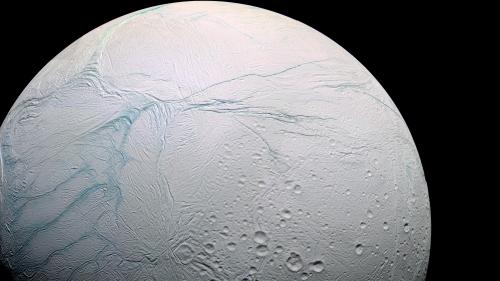
A stunning high res photo of Saturn’s Moon Enceladus
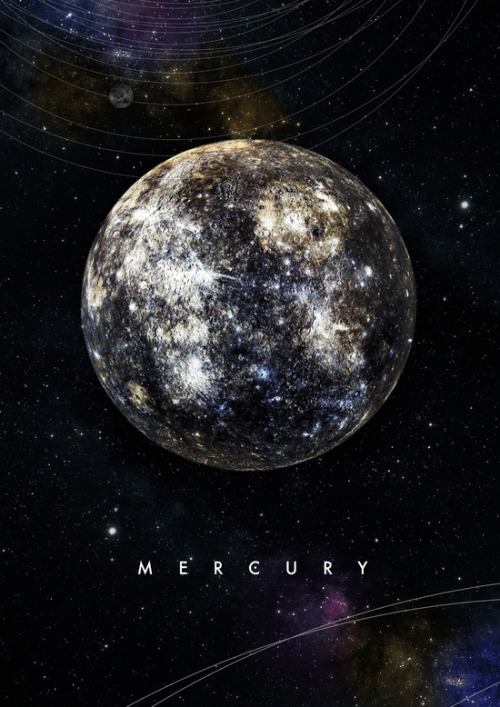
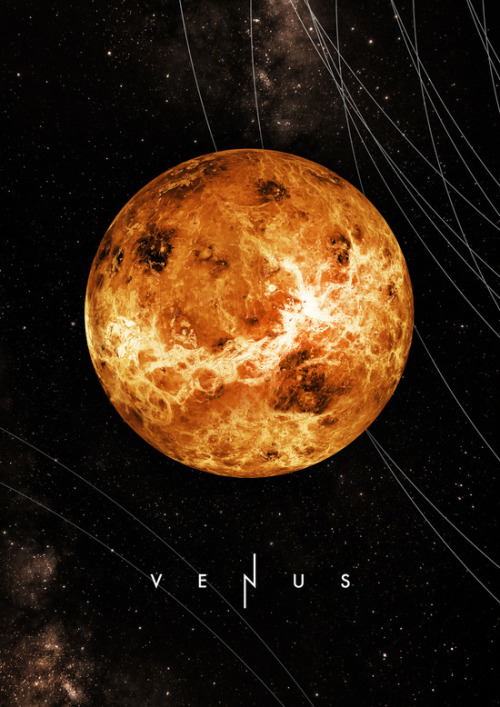
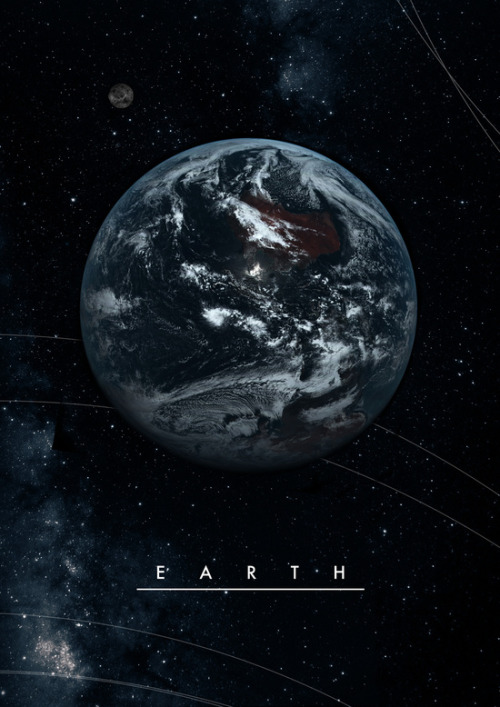
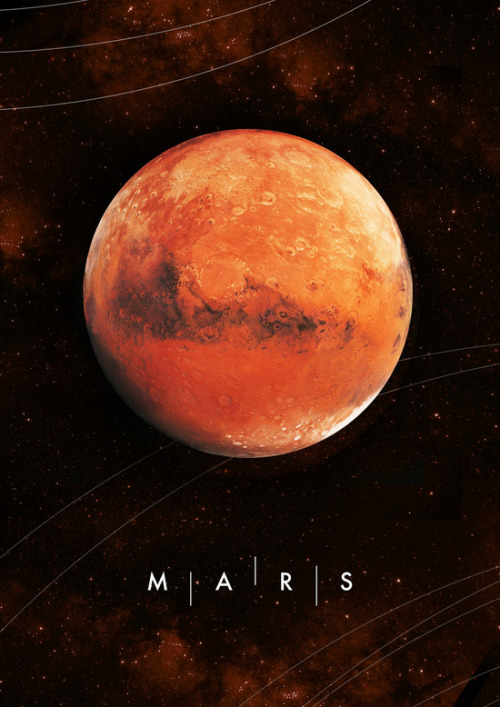
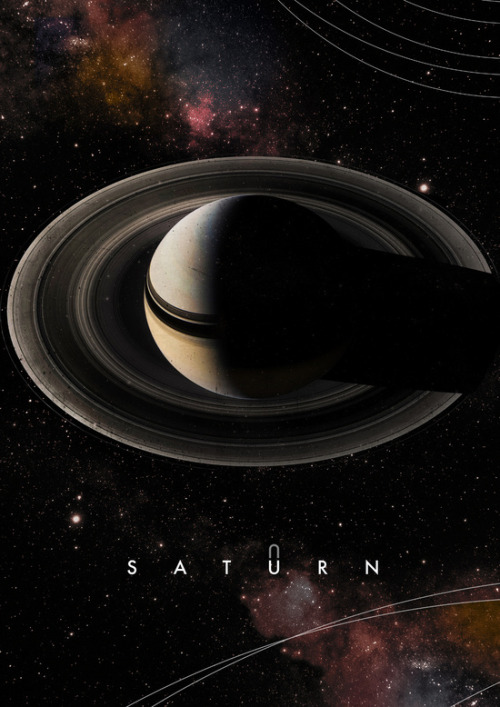
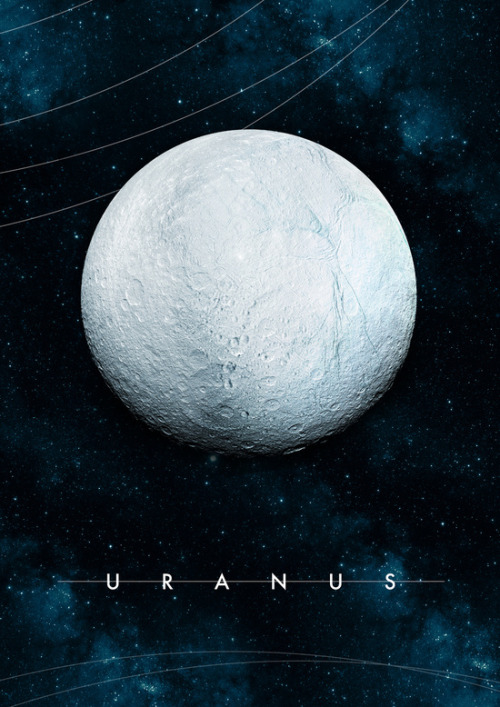
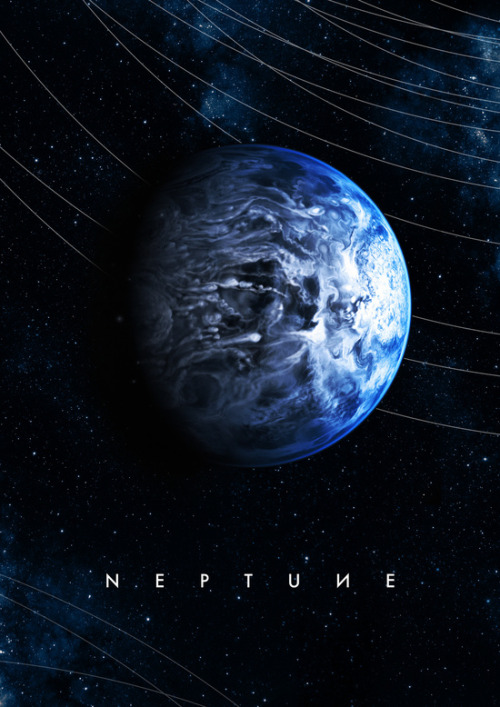
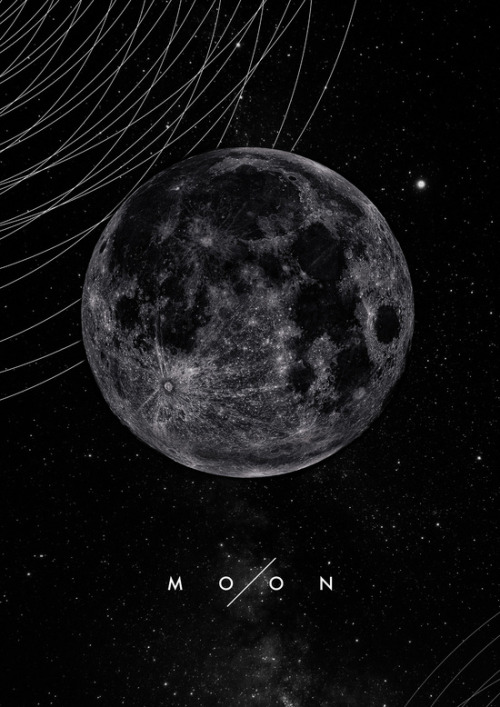
Alexander Pohl
-
 littlesmokesceenfan liked this · 3 years ago
littlesmokesceenfan liked this · 3 years ago -
 spliffyhippie liked this · 4 years ago
spliffyhippie liked this · 4 years ago -
 fanoftoday liked this · 6 years ago
fanoftoday liked this · 6 years ago -
 themintjelly liked this · 6 years ago
themintjelly liked this · 6 years ago -
 just-my-new-life-story liked this · 6 years ago
just-my-new-life-story liked this · 6 years ago -
 hetaliakpoplover liked this · 8 years ago
hetaliakpoplover liked this · 8 years ago -
 lilblue-bunn reblogged this · 8 years ago
lilblue-bunn reblogged this · 8 years ago -
 t-rexdescendant liked this · 8 years ago
t-rexdescendant liked this · 8 years ago -
 lotte-ettol liked this · 8 years ago
lotte-ettol liked this · 8 years ago -
 barelyhumantoday liked this · 8 years ago
barelyhumantoday liked this · 8 years ago -
 puffthedragonslayer liked this · 8 years ago
puffthedragonslayer liked this · 8 years ago -
 kaela-mae-blog liked this · 8 years ago
kaela-mae-blog liked this · 8 years ago -
 sussycocker liked this · 8 years ago
sussycocker liked this · 8 years ago -
 zandred reblogged this · 9 years ago
zandred reblogged this · 9 years ago -
 digitaldollies liked this · 9 years ago
digitaldollies liked this · 9 years ago -
 hoodlumwashere reblogged this · 9 years ago
hoodlumwashere reblogged this · 9 years ago -
 hoodlumwashere liked this · 9 years ago
hoodlumwashere liked this · 9 years ago -
 trocken liked this · 9 years ago
trocken liked this · 9 years ago -
 emtyla liked this · 9 years ago
emtyla liked this · 9 years ago -
 loveewill-tear-us-apart liked this · 9 years ago
loveewill-tear-us-apart liked this · 9 years ago -
 stancedubgirl liked this · 9 years ago
stancedubgirl liked this · 9 years ago -
 newerera liked this · 9 years ago
newerera liked this · 9 years ago -
 intergalacticnerd reblogged this · 9 years ago
intergalacticnerd reblogged this · 9 years ago -
 tuttoegiallo reblogged this · 9 years ago
tuttoegiallo reblogged this · 9 years ago -
 swagyena reblogged this · 9 years ago
swagyena reblogged this · 9 years ago -
 unwrittenwishes liked this · 9 years ago
unwrittenwishes liked this · 9 years ago -
 rms1111 reblogged this · 9 years ago
rms1111 reblogged this · 9 years ago -
 steviememphis reblogged this · 9 years ago
steviememphis reblogged this · 9 years ago -
 fcku liked this · 9 years ago
fcku liked this · 9 years ago -
 victoria--e reblogged this · 9 years ago
victoria--e reblogged this · 9 years ago -
 inssssssane reblogged this · 9 years ago
inssssssane reblogged this · 9 years ago -
 inssssssane liked this · 9 years ago
inssssssane liked this · 9 years ago -
 blog-de-lina reblogged this · 9 years ago
blog-de-lina reblogged this · 9 years ago -
 titobyto liked this · 9 years ago
titobyto liked this · 9 years ago -
 jahlei liked this · 9 years ago
jahlei liked this · 9 years ago -
 orrions reblogged this · 9 years ago
orrions reblogged this · 9 years ago -
 chibi44 reblogged this · 9 years ago
chibi44 reblogged this · 9 years ago -
 chibi44 liked this · 9 years ago
chibi44 liked this · 9 years ago -
 caslovespanda liked this · 9 years ago
caslovespanda liked this · 9 years ago -
 breliger liked this · 9 years ago
breliger liked this · 9 years ago
"Astronomy compels the soul to look upwards and leads us from this world to another." - Plato
147 posts